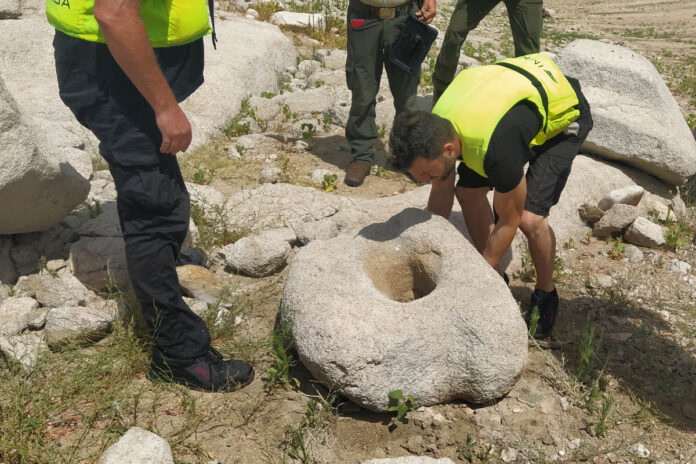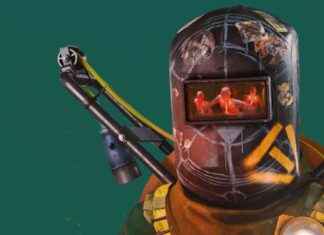The Ministry of Culture and Sports has recovered a second stone sculpture of a boar, in a unique attack position, as part of the archaeological work it is carrying out in the Valdecañas reservoir, located in the province of Cáceres.
The piece has been transferred for study and restoration to the Madrid headquarters of the Spanish Cultural Heritage Institute (IPCE), which is in charge of carrying out these studies, analysis and documentation of the archaeological heritage in the area.
The sculpture, whose recovery took place on June 8, is a suido (mammal) made with careful execution, in a kinetic position, with its head down and its front legs flexed in a clear gesture of attack. It is an unusual typology for boars, which are usually represented in static attitudes, as explained by the Ministry in a statement.
The transfer, after crossing the reservoir by boat, has been carried out by land transport to the Spanish capital.
Since an unusual drop in the water level of Valdecañas occurred in 2019, the IPCE has been working on these lands that have the status of public hydraulic domain, within the flood zone of the reservoir, owned by the state.
Within this framework, urgent measures are being identified and taken in the face of the risk of looting to which some archaeological pieces have been exposed. For this, a study of the reservoir was carried out to geolocate the archaeological elements, using the photogrammetry technique.
Last summer a twinned boar was recovered in the municipality of El Gordo, one of the few pieces of this type that are known in the Iberian Peninsula. Made of granite, it is a zoomorphic sculpture of two united boars, each one carved on one of its faces, dating from the Iron Age and characteristic of the vettones. Currently, the piece is in the IPCE facilities and is receiving the necessary cleaning and consolidation treatments.
Conforms to The Trust Project criteria








